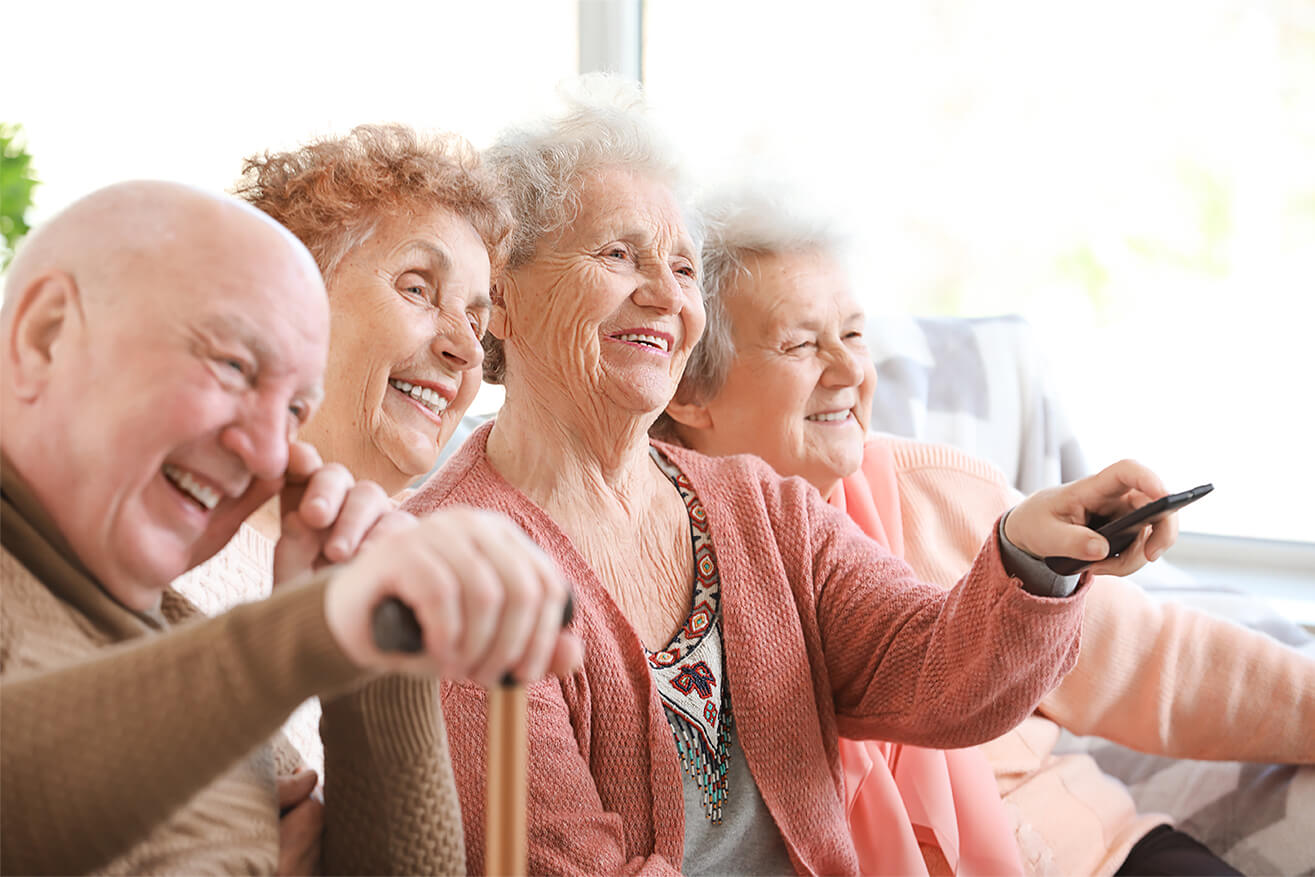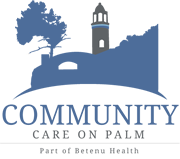
Healthy Aging: Wellness Programs In Convalescent Homes
5 Jul, 2024
Assisted Living Facility
As the population ages, there is an increasing focus on ensuring that older adults live longer and enjoy a high quality of life. Convalescent homes play a crucial role in this endeavor by offering comprehensive wellness programs to promote healthy aging. These programs encompass various activities and services that address physical, mental, and emotional well-being. This article explores the various wellness programs available in convalescent homes and their significance in fostering healthy aging.
1. Physical Wellness Programs
- Exercise and Fitness Classes
Regular physical activity is essential for maintaining mobility, strength, and overall health. Convalescent homes offer various exercise and fitness classes tailored to the abilities and needs of older adults. These may include low-impact aerobics, chair exercises, yoga, tai chi, and strength training. Such classes help improve cardiovascular health, muscle tone, flexibility, and balance, reducing the risk of falls and enhancing independence.
- Rehabilitation Services
For residents recovering from surgery, injury, or illness, rehabilitation services are a key component of physical wellness. Physical therapists, occupational therapists, and speech therapists work with residents to develop personalized rehabilitation plans. These plans focus on restoring function, improving mobility, and enhancing the ability to perform daily activities. Rehabilitation services are critical for promoting recovery and preventing further health decline.
2. Nutritional Wellness Programs
- Balanced and Personalized Meal Plans
Proper nutrition is vital for healthy aging. Convalescent homes provide balanced and personalized meal plans that cater to the dietary needs and preferences of residents. Dietitians and nutritionists collaborate with the kitchen staff to create menus that are nutritious, tasty, and culturally appropriate. Special dietary needs, such as diabetic-friendly or heart-healthy diets, are also accommodated to ensure optimal health.
- Nutrition Education and Counseling
In addition to providing healthy meals, many convalescent homes offer nutrition education and counseling. Residents can attend workshops and seminars on topics like healthy eating, portion control, and reading food labels. Individual counseling sessions with dietitians can help residents address specific nutritional concerns and develop sustainable eating habits.
3. Mental and Cognitive Wellness Programs
- Cognitive Stimulation Activities
Cognitive health is a crucial aspect of overall well-being, particularly for older adults. Convalescent homes offer a variety of cognitive stimulation activities designed to keep the mind active and engaged. These activities may include puzzles, memory games, trivia contests, reading groups, and educational classes. Engaging in these activities can help maintain cognitive function, delay the onset of dementia, and enhance overall mental sharpness.
- Mental Health Support
Emotional well-being is equally important in healthy aging. Convalescent homes provide mental health support through counseling services, support groups, and stress management programs. Residents have access to licensed therapists and counselors who can help them navigate the emotional challenges of aging, such as grief, depression, and anxiety. Support groups offer a safe space for residents to share their experiences and receive peer support.
4. Social and Recreational Wellness Programs
- Social Activities and Events
Social interaction is vital for preventing loneliness and fostering a sense of community. Convalescent homes organize a wide range of social activities and events to encourage residents to connect with one another. These may include game nights, movie screenings, themed parties, and holiday celebrations. Such activities provide opportunities for socialization, friendship, and fun, which are essential for emotional well-being.
- Recreational and Creative Activities
Engaging in recreational and creative activities can enhance the quality of life and provide a sense of purpose. Convalescent homes offer a variety of recreational options, such as arts and crafts, gardening, music therapy, and pet therapy. These activities allow residents to explore their interests, express themselves creatively, and experience joy and fulfillment.
5. Holistic and Complementary Wellness Programs
- Integrative Therapies
Many convalescent homes incorporate holistic and complementary therapies into their wellness programs. These may include massage therapy, acupuncture, aromatherapy, and reflexology. Integrative therapies can help alleviate pain, reduce stress, and promote relaxation, contributing to overall well-being.
- Spiritual and Religious Support
For residents who find strength and comfort in their faith, spiritual and religious support is an important aspect of wellness. Convalescent homes often provide access to chaplains, religious services, and spiritual counseling. These services offer residents the opportunity to practice their faith, find spiritual solace, and connect with their inner selves.
6. Educational and Lifelong Learning Programs
- Lifelong Learning Opportunities
Lifelong learning is a key component of healthy aging. Convalescent homes offer educational programs and classes on a variety of topics, from history and science to art and technology. These opportunities for intellectual engagement stimulate the mind, foster curiosity, and encourage continuous learning.
- Technology Training
In today’s digital age, staying connected through technology is increasingly important. Many convalescent homes provide technology training to help residents navigate smartphones, tablets, and computers. This training enables residents to stay in touch with family and friends, access information, and engage in online activities, enhancing their social and cognitive well-being.
Conclusion
Wellness programs in convalescent homes are essential for promoting healthy aging. By addressing physical, nutritional, mental, social, and holistic health, these programs provide a comprehensive approach to well-being. They enhance the quality of life for residents, helping them maintain independence, engage in meaningful activities, and enjoy a fulfilling and vibrant life. Families and caregivers should prioritize convalescent homes that offer robust wellness programs, as these are instrumental in supporting the overall health and happiness of their loved ones.

Leave a Comment